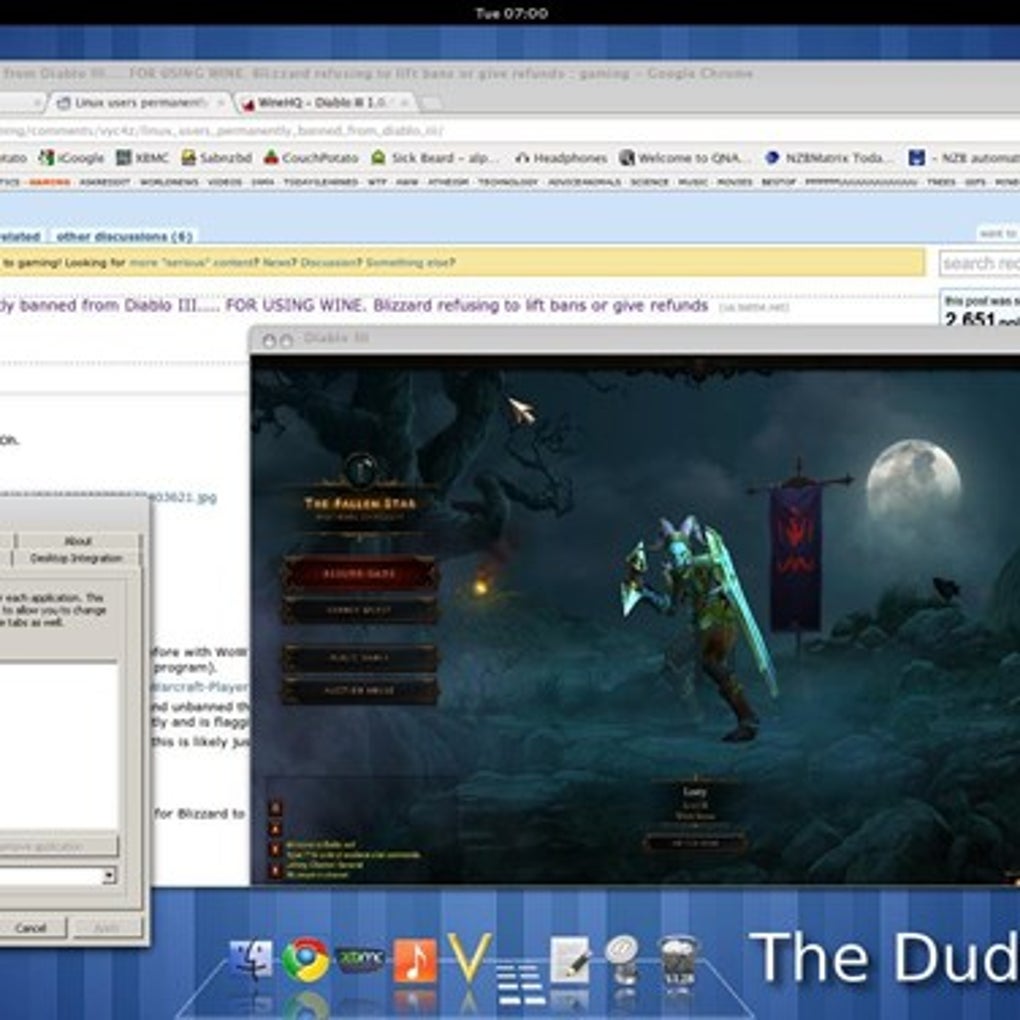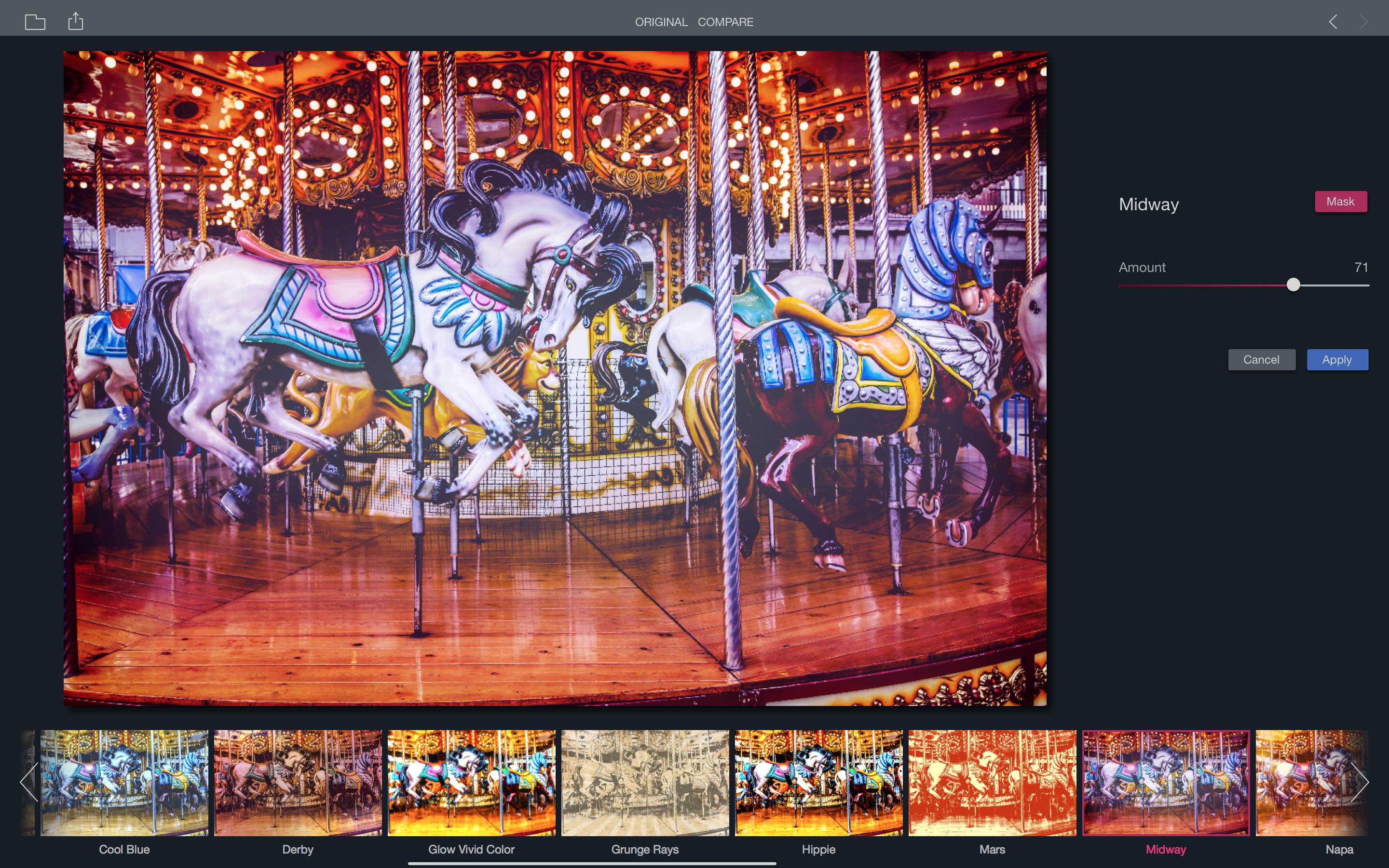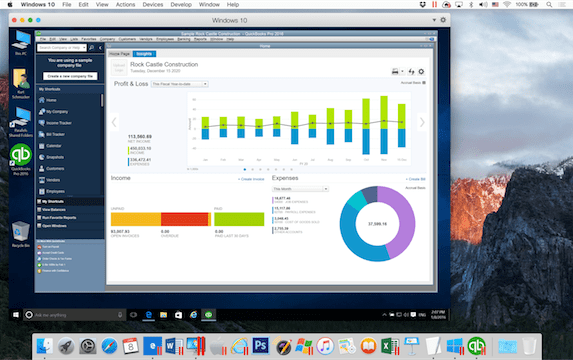- Run Windows App On Mac
- Run Windows App On Mac Wine
- Run Windows Applications On Macbook Air
- Run Windows App On Mac 2020
- How To Install Windows Apps On Mac
Designed for your Mac or Windows Enjoy quick access to QuickBooks straight from your desktop (or dock), with additional features designed for PC or Mac users! Use multiple windows, keyboard shortcuts and menus to speed through common tasks and workflows.
A captive runtime bundle is a package that includes your application code along with a dedicated version of the runtime. An application packaged in this manner uses the bundled runtime instead of the shared runtime installed elsewhere on a user’s computer.
The bundle produced is a self-contained folder of application files on Windows and an .app bundle on Mac OS. You must produce the bundle for a target operating system while running under that operating system. (A virtual machine, such as VMWare, can be used to run multiple operating systems on one computer.)
The application can be run from that folder or bundle without installation.
Benefits
Produces a self-contained application
No Internet access required for installation
Application is isolated from runtime updates
Enterprises can certify the specific application and runtime combination
Supports the traditional software deployment model
No separate runtime redistribution required
Can use the NativeProcess API
Can use native extensions
Can use the File.openWithDefaultApplication() function without restriction
Can run from a USB or optical disk without installation
Drawbacks
Critical security fixes are not automatically available to users when Adobe publishes a security patch
Cannot use the .air file format
You must create your own installer, if needed
AIR update API and framework are not supported
The AIR in-browser API for installing and launching an AIR application from a web page is not supported
On Windows, file registration must be handled by your installer
Larger application disk footprint
Creating a captive runtime bundle on Windows
To create a captive runtime bundle for Windows, you must package the application while running under the Windows operating system. Package the application using the ADT bundle target:
This command creates the bundle in a directory named, myApp. The directory contains the files for your application as well as the runtime files. You can run the program directly from the folder. However, to create a program menu entry, register file types, or URI scheme handlers, you must create an installer program that sets the requisite registry entries. The AIR SDK does not include tools for creating such installers, but several third-party options are available, including both commercial and free, open-source installer toolkits.

You can sign the native executable on WIndows, by specifying a second set of signing options after the -target bundle entry on the command line. These signing options identify the private key and associated certificate to use when applying the native Windows signature. (An AIR code signing certificate can typically be used.) Only the primary executable is signed. Any additional executables packaged with your application are not signed by this process.
File type association
To associate your application with public or custom file types on Windows, your installer program must set the appropriate registry entries. The file types should be listed in the fileTypes element of the application descriptor file as well.
For more information about Windows file types, see MSDN Library: File Types and File Associations
URI handler registration
In order for your application to handle the launch of a URL using a given URI scheme, your installer must set the requisite registry entries.
For more information about registering an application to handle a URI scheme, see MSDN Library: Registering an Application to a URL Protocol
Creating a captive runtime bundle on Mac OS X
To create a captive runtime bundle for Mac OS X, you must package the application while running under the Macintosh operating system. Package the application using the ADT bundle target:

Run Windows App On Mac
This command creates the application bundle named, myApp.app. The bundle contains the files for your application as well as the runtime files. You can run the application by double-clicking the myApp.app icon and install it by dragging it to a suitable location such as the Applications folder. However, to register file types or URI scheme handlers, you must edit the property list file inside the application package.
Run Windows App On Mac Wine
For distribution, you can create a disk image file (.dmg). The Adobe AIR SDK does not provide tools for creating a dmg file for a captive runtime bundle.
File type association

Run Windows Applications On Macbook Air
To associate your application with public or custom file types on Mac OS X, you must edit the info.plist file in the bundle to set the CFBundleDocumentTypes property. See Mac OS X Developer Library: Information Property List Key Reference, CFBundleURLTypes.
Run Windows App On Mac 2020
URI handler registration
How To Install Windows Apps On Mac
In order for your application to handle the launch of a URL using a given URI scheme, you must edit the info.plist file in the bundle to set the CFBundleURLTypes property. See Mac OS X Developer Library: Information Property List Key Reference, CFBundleDocumentTypes.